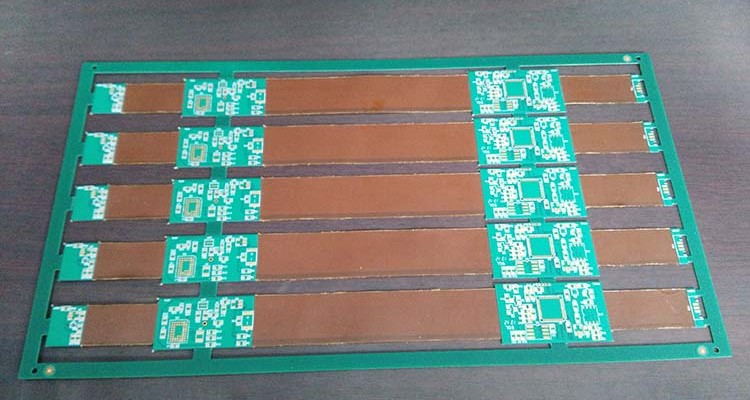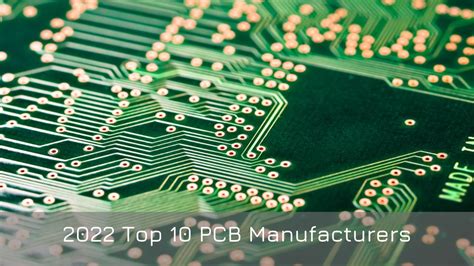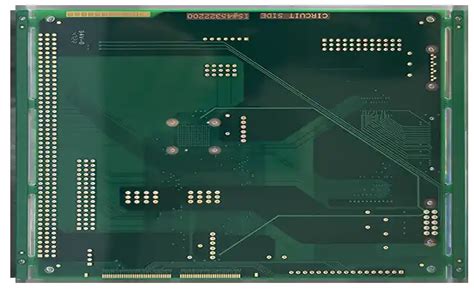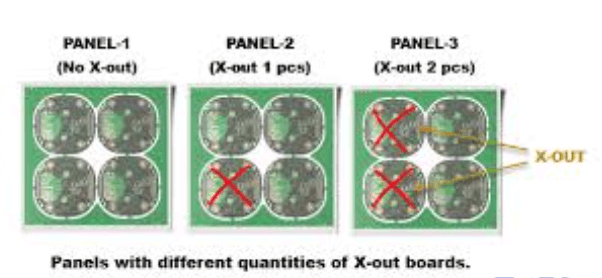Understanding PCB FR4 Material: Properties, Applications, and Advancements
Introduction
Printed Circuit Boards (PCBs) are the backbone of modern electronics, serving as the foundation for connecting and supporting electronic components. Among the various materials used in PCB manufacturing, FR4 stands out as the most widely used substrate. FR4 is a composite material composed of woven fiberglass cloth with an epoxy resin binder, known for its excellent electrical insulation, mechanical strength, and thermal stability. This article delves into the properties, applications, and advancements of FR4 material, providing a comprehensive understanding of its role in the electronics industry.
1. What is FR4 Material?
FR4 is a grade designation for a type of flame-retardant epoxy laminate sheet, tube, or rod. The “FR” stands for “Flame Retardant,” and the “4” indicates the woven glass reinforced epoxy resin. It is a composite material made by impregnating woven fiberglass cloth with an epoxy resin, which is then cured under heat and pressure to form a rigid and durable substrate.
1.1 Composition of FR4
The primary components of FR4 are:
- Fiberglass Cloth: This provides the mechanical strength and dimensional stability to the material. The fiberglass is woven into a cloth, which is then used as the reinforcement in the composite.
- Epoxy Resin: This acts as the binder, holding the fiberglass cloth together and providing electrical insulation. The epoxy resin also contributes to the material’s flame-retardant properties.
- Flame Retardants: These additives are incorporated into the epoxy resin to enhance the material’s resistance to fire, making it self-extinguishing.
1.2 Properties of FR4
FR4 material is renowned for its balanced set of properties, making it suitable for a wide range of applications. Key properties include:
- Electrical Insulation: FR4 has excellent dielectric properties, making it an ideal insulator for PCBs. It prevents electrical leakage and ensures reliable performance of electronic circuits.
- Mechanical Strength: The fiberglass reinforcement provides high tensile strength and rigidity, allowing FR4 to withstand mechanical stresses during manufacturing and operation.
- Thermal Stability: FR4 can endure high temperatures without significant degradation, making it suitable for applications where thermal management is critical.
- Flame Retardancy: The flame-retardant properties of FR4 make it a safe choice for electronic devices, reducing the risk of fire hazards.
- Chemical Resistance: FR4 is resistant to many chemicals, including acids, bases, and solvents, which enhances its durability in harsh environments.
- Dimensional Stability: FR4 maintains its shape and size under varying environmental conditions, ensuring the reliability of the PCB over time.
2. Applications of FR4 Material
FR4 is the most commonly used material in the PCB industry due to its versatility and reliability. Its applications span across various sectors, including consumer electronics, automotive, aerospace, telecommunications, and industrial equipment.
2.1 Consumer Electronics
In consumer electronics, FR4 is used in the production of PCBs for devices such as smartphones, tablets, laptops, and televisions. Its excellent electrical insulation and mechanical strength ensure the reliable performance of these devices, even under demanding conditions.
2.2 Automotive Industry
The automotive industry relies on FR4 for the production of electronic control units (ECUs), sensors, and infotainment systems. The material’s thermal stability and flame retardancy are particularly important in automotive applications, where components are exposed to high temperatures and potential fire risks.
2.3 Aerospace and Defense
In aerospace and defense applications, FR4 is used in the manufacturing of avionics, communication systems, and radar equipment. The material’s ability to withstand extreme temperatures and harsh environments makes it suitable for these critical applications.
2.4 Telecommunications
FR4 is widely used in the telecommunications industry for the production of PCBs in routers, switches, and base stations. Its electrical insulation properties ensure the reliable transmission of signals, while its mechanical strength supports the structural integrity of the equipment.
2.5 Industrial Equipment
In industrial settings, FR4 is used in the production of control systems, power supplies, and automation equipment. The material’s chemical resistance and dimensional stability make it suitable for use in environments where exposure to chemicals and temperature fluctuations is common.
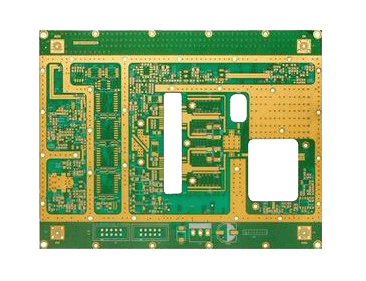
3. Advancements in FR4 Material
While FR4 has been the industry standard for decades, ongoing research and development have led to advancements in the material, enhancing its properties and expanding its applications.
3.1 High-Tg FR4
High-Tg (Glass Transition Temperature) FR4 is an advanced version of the material that offers improved thermal performance. The glass transition temperature is the point at which the material changes from a rigid to a more flexible state. High-Tg FR4 has a higher Tg, typically above 170°C, compared to standard FR4, which has a Tg of around 130°C. This makes high-Tg FR4 suitable for applications where the PCB is exposed to higher temperatures, such as in automotive and aerospace electronics.
3.2 Halogen-Free FR4
Halogen-free FR4 is an environmentally friendly alternative to traditional FR4. Halogens, such as chlorine and bromine, are commonly used as flame retardants in FR4. However, these halogens can release toxic gases when burned, posing environmental and health risks. Halogen-free FR4 uses alternative flame retardants that do not contain halogens, making it a safer and more sustainable option.
3.3 Low-Dk and Low-Df FR4
Low-Dk (Dielectric Constant) and Low-Df (Dissipation Factor) FR4 are specialized versions of the material designed for high-frequency applications. The dielectric constant (Dk) and dissipation factor (Df) are critical parameters that affect the signal integrity in high-frequency circuits. Low-Dk and Low-Df FR4 materials have reduced dielectric constants and dissipation factors, minimizing signal loss and improving the performance of high-frequency PCBs, such as those used in 5G telecommunications and radar systems.
3.4 Flexible FR4
Flexible FR4 is a relatively new development that combines the rigidity of traditional FR4 with the flexibility of polyimide materials. This hybrid material is used in the production of rigid-flex PCBs, which consist of both rigid and flexible sections. Flexible FR4 allows for the creation of compact and lightweight electronic devices, such as wearable technology and foldable smartphones.
4. Manufacturing Process of FR4 PCBs
The manufacturing process of FR4 PCBs involves several steps, each of which contributes to the final performance and reliability of the board.
4.1 Material Preparation
The process begins with the preparation of the FR4 laminate. The fiberglass cloth is impregnated with epoxy resin and then cured under heat and pressure to form a rigid sheet. The thickness of the laminate can vary depending on the application requirements.
4.2 Copper Cladding
The FR4 laminate is then coated with a thin layer of copper on one or both sides. This copper layer serves as the conductive pathway for the electrical signals. The thickness of the copper layer is typically specified in ounces per square foot (oz/ft²), with common thicknesses being 1 oz/ft² and 2 oz/ft².
4.3 Circuit Patterning
The next step is to create the circuit pattern on the copper-clad laminate. This is typically done using a photolithographic process, where a photoresist is applied to the copper surface, exposed to UV light through a mask, and then developed to remove the unexposed areas. The exposed copper is then etched away, leaving behind the desired circuit pattern.
4.4 Drilling and Plating
Holes are drilled into the PCB to accommodate through-hole components and vias. These holes are then plated with copper to create electrical connections between different layers of the board. The plating process involves electroless copper deposition followed by electroplating to build up the copper thickness.
4.5 Solder Mask Application
A solder mask is applied to the PCB to protect the copper traces from oxidation and to prevent solder bridges during the assembly process. The solder mask is typically green, but other colors are also available. The solder mask is applied using a screen printing or photoimaging process, and then cured to form a durable protective layer.
4.6 Surface Finish
The final step in the manufacturing process is the application of a surface finish to the exposed copper areas. Common surface finishes include HASL (Hot Air Solder Leveling), ENIG (Electroless Nickel Immersion Gold), and OSP (Organic Solderability Preservative). The surface finish enhances the solderability of the PCB and protects the copper from corrosion.

5. Challenges and Future Trends
Despite its widespread use, FR4 material faces certain challenges, particularly in the context of emerging technologies and evolving industry requirements.
5.1 Thermal Management
As electronic devices become more powerful and compact, thermal management becomes increasingly critical. FR4’s thermal conductivity is relatively low, which can lead to heat buildup in high-power applications. Future advancements in FR4 materials may focus on improving thermal conductivity to address this issue.
5.2 High-Frequency Performance
The demand for high-frequency PCBs, driven by the growth of 5G and IoT (Internet of Things) technologies, poses a challenge for traditional FR4 materials. While low-Dk and low-Df FR4 materials have been developed, further improvements in dielectric properties may be needed to meet the requirements of next-generation high-frequency applications.
5.3 Environmental Concerns
The electronics industry is increasingly focused on sustainability and environmental responsibility. The use of halogen-free FR4 materials is a step in the right direction, but further efforts may be needed to reduce the environmental impact of PCB manufacturing, such as developing recyclable or biodegradable materials.
5.4 Integration with Advanced Technologies
The integration of FR4 PCBs with advanced technologies, such as flexible electronics and 3D printing, presents both opportunities and challenges. Flexible FR4 materials have already been developed, but further research is needed to optimize their performance and reliability. Additionally, the use of 3D printing for PCB manufacturing could revolutionize the industry, but it requires the development of new materials and processes compatible with FR4.
Conclusion
FR4 material has been the cornerstone of PCB manufacturing for decades, thanks to its excellent electrical insulation, mechanical strength, and thermal stability. Its versatility and reliability have made it the material of choice for a wide range of applications, from consumer electronics to aerospace and defense. However, as the electronics industry continues to evolve, FR4 material must also adapt to meet the demands of emerging technologies and environmental concerns. Ongoing research and development efforts are focused on enhancing the properties of FR4, such as thermal conductivity, high-frequency performance, and environmental sustainability. With these advancements, FR4 is poised to remain a critical material in the PCB industry for years to come.

